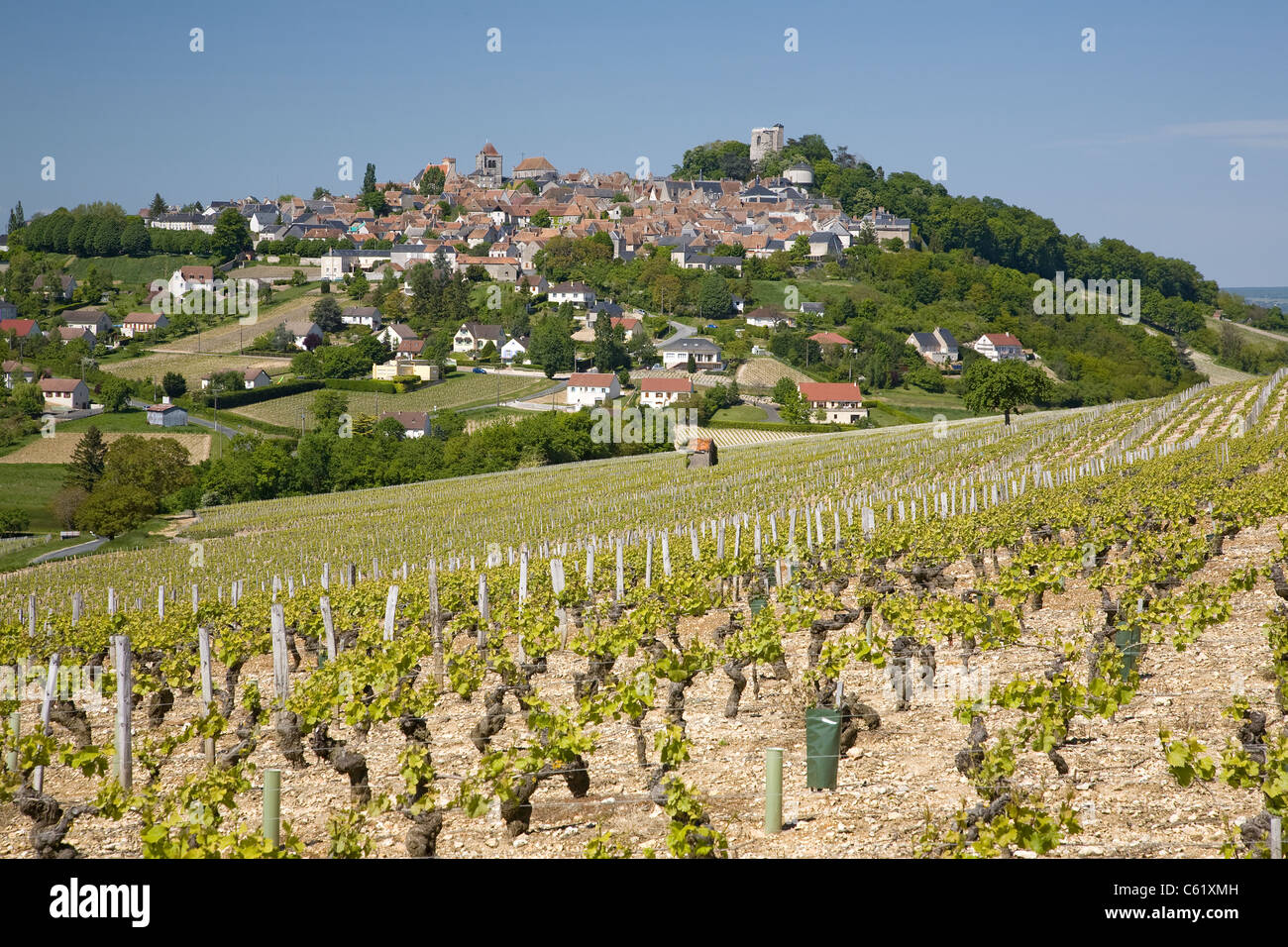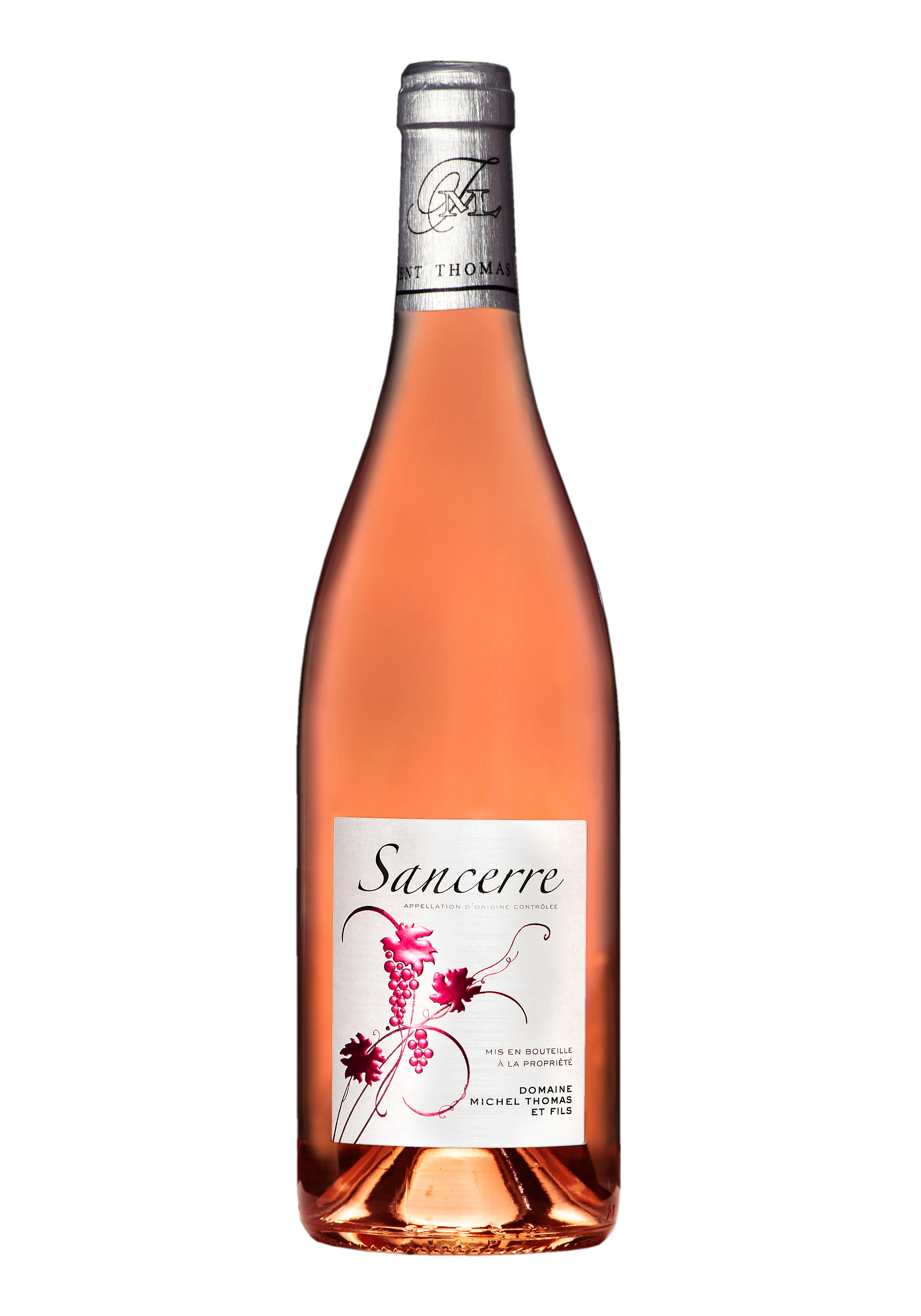

The remaining soils consist of pebbles or calcareous pebbles. In the east of Sancerre, siliceous areas have made the "powder" tone and recognizable minerality in wines their distinctive feature and also gave them a pleasant acidity. Many of them are on the slopes, which are called "white lands", considered the best, both for growing Sauvignon blanc and pinot noir. Almost 40% of the vineyards are located on calcareous soils in the western part of the region. The exceptional Sancerre soil plays one of the main roles in shaping the taste of the region's wines. The Reds were finally recognized in 1959, after a long period of obscurity. Sancerre was one of the first French regions to gain AOC recognition in 1936, but exclusively for its white wines. When it came to vineyard restoration, however, a disease-resistant Sauvignon blanc was chosen. Pinot noir and Gamay were grown here, along with a little amount of Chasselas blanc. Sancerre was mostly a red wine region before the phylloxera outbreak in the nineteenth century. The Augustinians from the Abbey of Saint-Satur were possibly the first to plant Burgundy Pinot noir here in the sixteenth century. Monks were active in winemaking in the region during the Middle Ages, as they were in other parts of Europe. A port called Gorton was created on the banks of the Loire, near the location of the contemporary commune of San Thibault, from which local wines and other goods could be easily shipped to all corners of the territory.

Sancerre vineyards date back to Roman times, as well as those of every great wine region. The vineyards of the appellation occupy about 2,800 hectares. The appellation, which is called Sancerre, consists of the village of Sancerre itself and 14 arrondissements located on the left bank of the Loire, from Montigny in the south to Bannay in the north. In the region of the river Loire, the last wild river of Europe, the town of Bourges, the Pays Fort country, and Sologne are also places to discover and enjoy.Īs for accommodation, there is an embarrassment of riches, from camping to traditional hotels, via gîtes or bed and breakfast.Check out the best wine tastings and tours in Sancerre! In addition to our gastronomic specialities you will appreciate our fine views, and the diversity of the choice of things to do, whether they are touristic, cultural or sporting. The people are warm-hearted and welcoming, they like to enjoy themselves, but they also put their hearts and souls into the work in their vines, and the creation of their wines. Do not hesitate to stay for a few days in our beautiful region, because the Sancerrois is an area were the living is good, and it is worth lingering a bit. We happily invite you to visit us, we would be delighted to welcome you. A part of our production is sold to a local wine merchant, and the other part is sold in bottle by us, both to private clients and to export markets. All of this work reaches its apex in Autumn, at the moment of the harvest, which we naturally do entirely by hand. We take particular care when working in the vineyards, as we consider that the quality of the wine depends chiefly on the quality of the grapes from which it is made. With an average age of about 30 years, our vines are all sited on the slopes of the hills around Chavignol. This charming little village, birthplace of the Sancerre vineyards, is also known for its goat’s cheese, the famous Crottin de Chavignol.

We are located in the heart of Chavignol. With about 5.8 hectares of AOC vines, our domaine is one of the smallest of the region. Since then Christian has fully enjoyed the pleasures of retirement, but he is still active in the background, always available with precious advice. Thierry officially took over the reins in September 2006. After several years working as an engineer in a research unit, the call of the terroir proved too much for Thierry VERON, and so he decided to come to help his father Christian in the family vines.


 0 kommentar(er)
0 kommentar(er)
